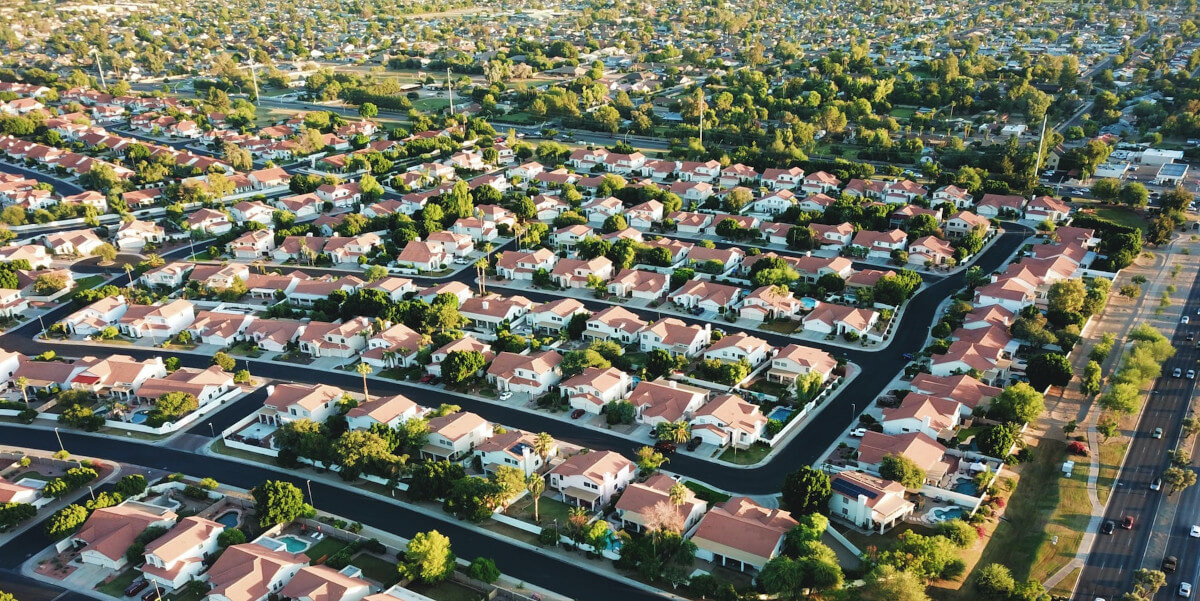What are the Differences Between Suburban, Urban and Rural areas?

Suburban, urban, and rural areas are three distinct types of geographic regions that have different characteristics and features.
Suburban Areas
Suburban areas are typically located on the outskirts of large cities and are characterized by a mix of residential, commercial, and industrial development. Suburbs are often less densely populated than urban areas, and typically have more green space and larger homes and yards. They are also known for having less crime and air pollution than urban areas.
Urban Areas
Urban areas, on the other hand, are densely populated areas with a mix of residential, commercial, and industrial development. Cities are known for their tall buildings, public transportation, and a diverse population. Urban areas also have higher crime rates, air pollution and congestion compared to suburban and rural areas.
Rural Areas
Rural areas are typically located outside of urban and suburban areas and are characterized by a lower population density, with a focus on farming, forestry, and other forms of resource extraction. Rural areas typically have fewer services and amenities than urban or suburban areas, and the residents often rely on personal vehicles for transportation. They are known for having cleaner air, less noise and less congestion, but also may lack of access to healthcare, educational and job opportunities.
Infrastructure and Transportation Differences
Another key difference between suburban, urban, and rural areas is the infrastructure and transportation systems. Suburban areas generally have a more extensive network of roads, highways, and public transportation options compared to rural areas. Urban areas, on the other hand, often have more extensive public transportation systems such as buses, subways, and trains, and more walkable neighborhoods. In contrast, rural areas may have limited public transportation options, and residents may have to rely on personal vehicles for transportation.
Economy and Job Opportunities
The economy and job opportunities also vary greatly between these areas. Urban areas tend to have a more diverse and robust economy, with a wider range of job opportunities in various sectors such as finance, technology, and retail. Suburban areas may also have a diverse economy, but the job opportunities tend to be more focused on specific sectors such as healthcare or education. Rural areas, on the other hand, tend to have a more limited economy, with a focus on agriculture and resource extraction.
Cost of Living
The cost of living also differs between these areas. Urban areas tend to have a higher cost of living, with higher housing and living expenses, while suburban and rural areas tend to have a lower cost of living.
Summary
In summary, suburban, urban and rural areas all have their unique characteristics that make them different from each other, which can affect the lifestyle, job opportunities, transportation, economy and cost of living. The choice of which area to live in depends on an individual's priorities and lifestyle.